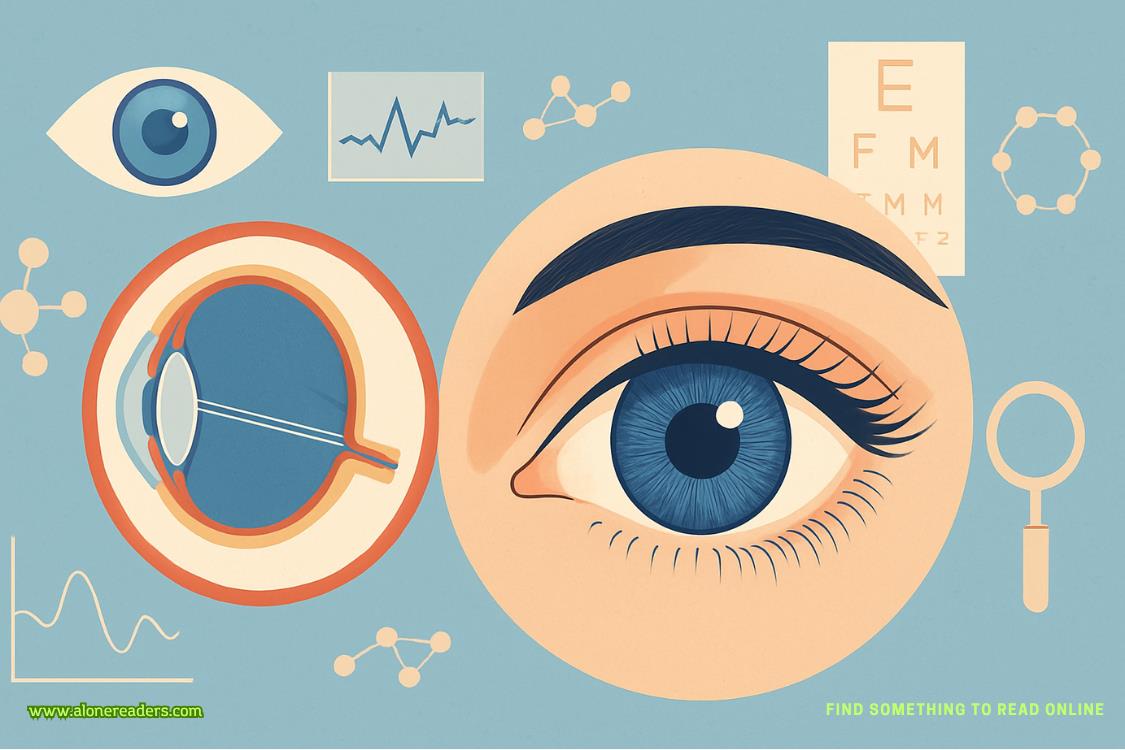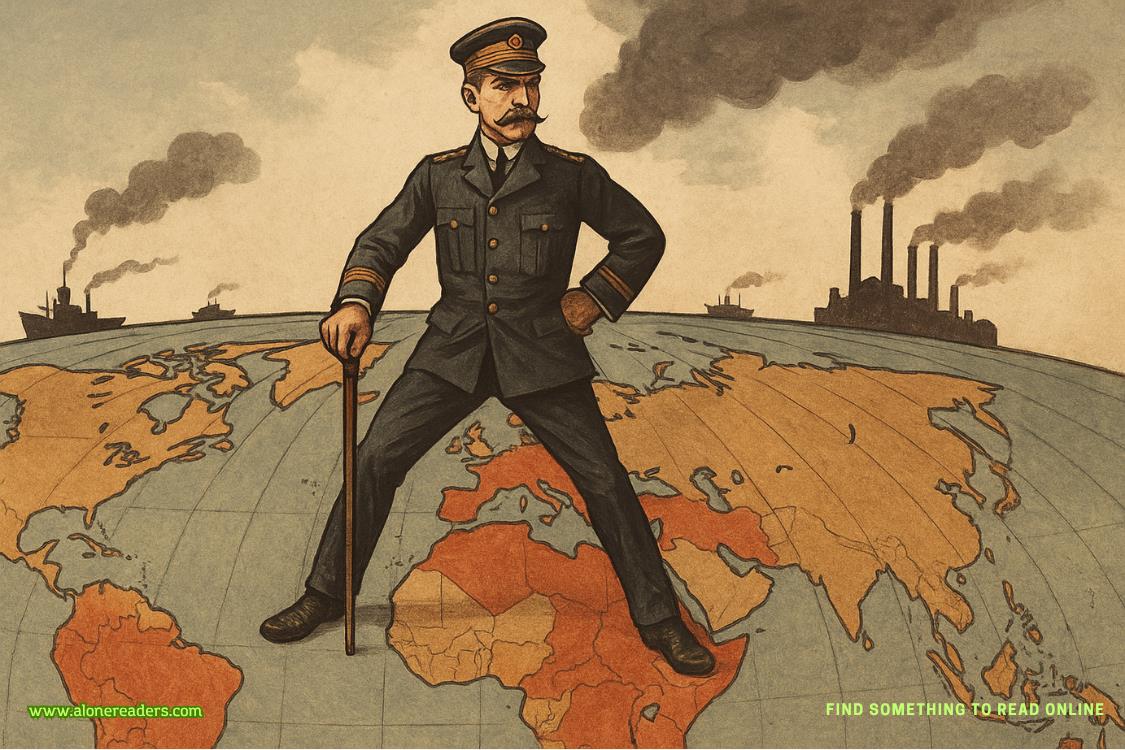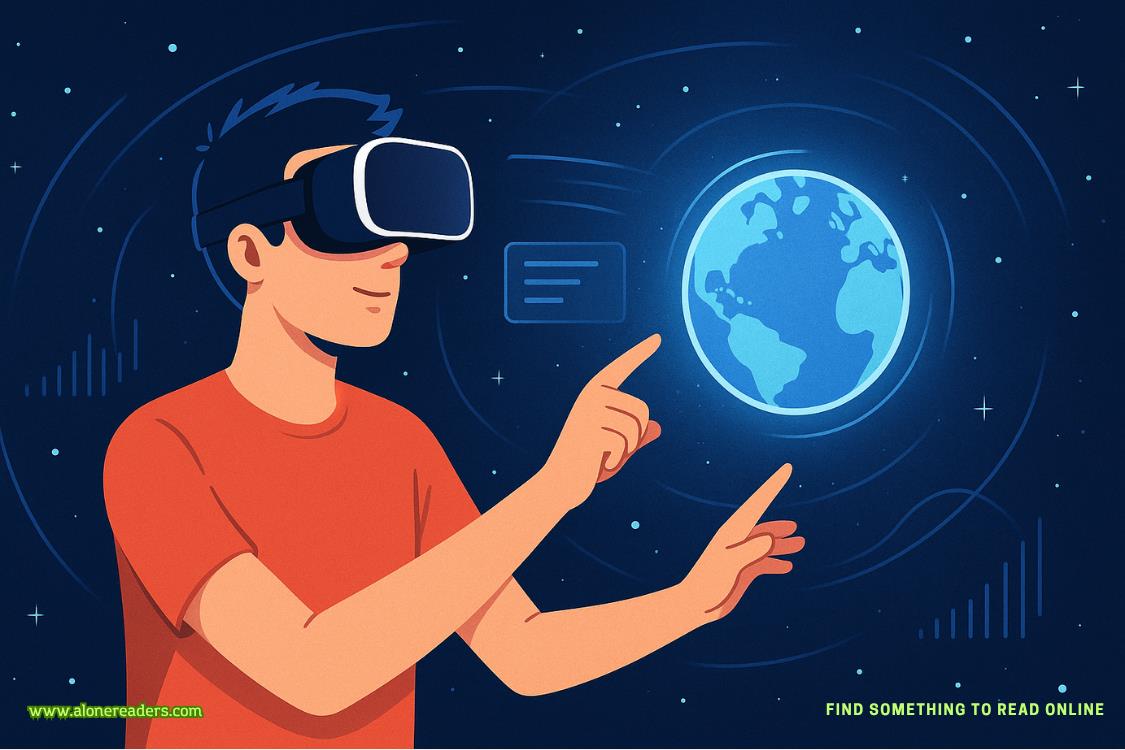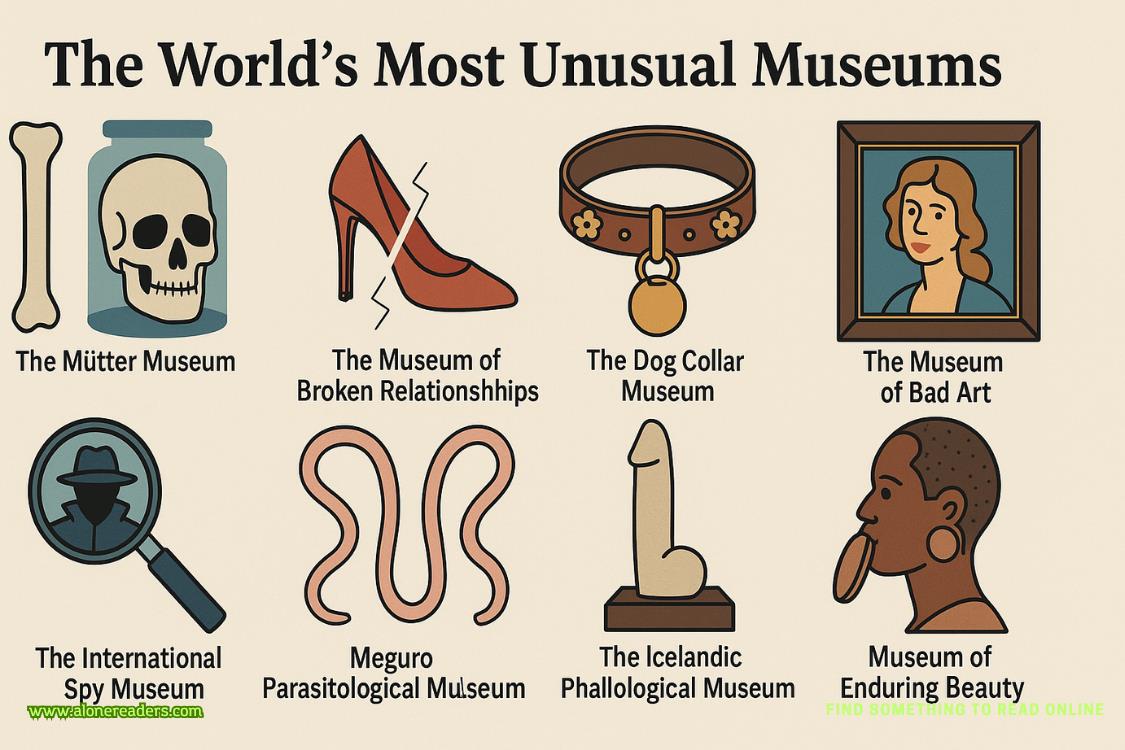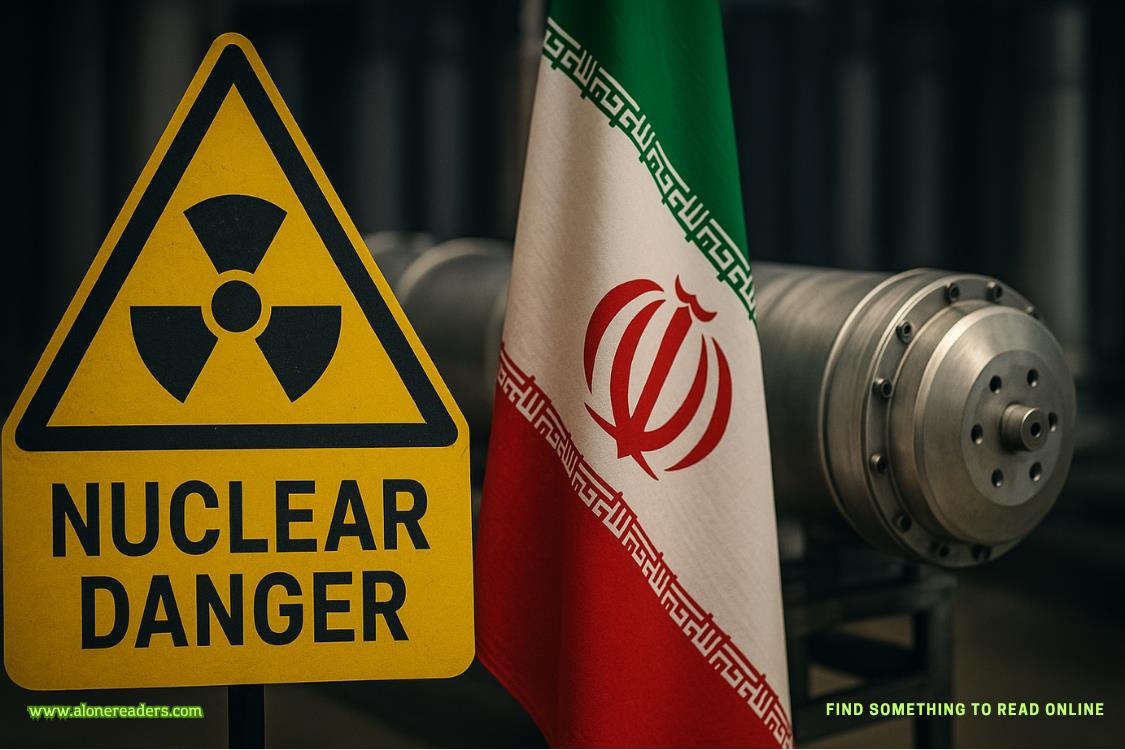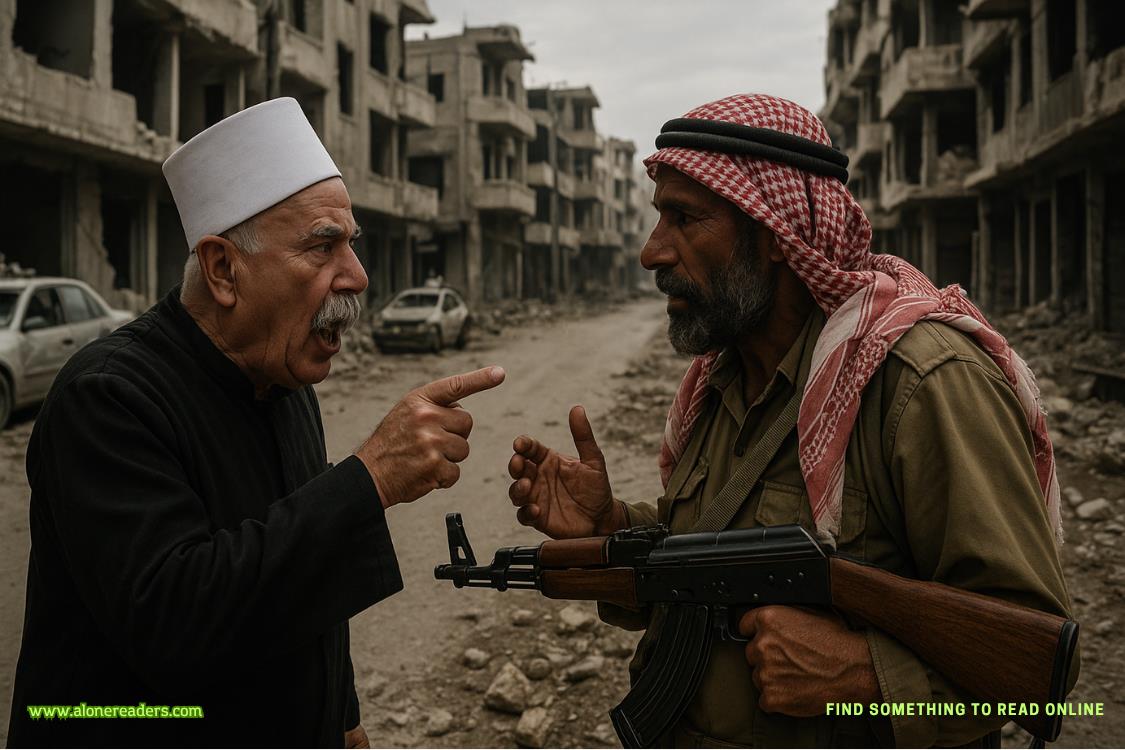No matter how much my chest aches at the thought.
When I arrive, the Fury training facility is buzzing with activity. The summer youth hockey camp is gearing up for its second session, and coaches are assessing which players show promise for hockey academies.
I pause to watch as a young boy, perhaps ten years old, struggles to insert his mouthguard. He grimaces at the generic shape, trying to make it fit comfortably. The coach calls him to attention, and he reluctantly puts it in, his expression clearly uncomfortable.
Something clicks in my mind.
In my office, I pull up research I've collected on innovations in protective equipment. Several universities have been experimenting with impact-sensing technology in football helmets and lacrosse gear, but application in hockey has been limited. Half the cases I saw at the emergency room were gruesome sports accidents gone awry, and at least half of those could have been prevented with proper mouth protection.
I sketch rapidly on my tablet, envisioning custom-fitted mouthguards created with advanced 3D printing technology and embedded sensors. The sensors could measure impact forces, tracking potentially dangerous hits and providing real-time data on player safety.
The concept isn't entirely new, but its implementation throughout an organization, beginning with youth programs, could revolutionize how we understand and prevent concussions and dental trauma.
"If I can't fix my personal life right now, at least I can excel professionally," I mutter, already drafting an implementation plan.
By mid-morning, I've outlined a comprehensive proposal: digital scans of each player's mouth, an advanced 3D printing of perfectly fitted mouthguards produced in-house rather than sent from a lab, and embedded sensors to collect impact data. Additionally, a partnership with Carnegie Mellon's biostatistics department to analyze the results.
The youth camp provides the perfect testing ground—a controlled environment, consistent supervision, and players at a crucial developmental stage when protecting their growing bodies is essential.
I sent a brief email to the facility manager asking about the leadership meeting schedule. The response came quickly: Fury's leadership team meets daily at three. Today, they'll discuss youth programs and community outreach.
Perfect timing.
I refine my proposal, add preliminary cost projections, and compile research supporting the technology's potential impact. By lunchtime, I've crafted a concise presentation that emphasizes both player safety and the organization's opportunity to pioneer cutting-edge protective technology.
As I review my notes, my phone buzzes with a text. For a heartbeat, I hope it's Alder. Instead, it's my mother, another thinly veiled criticism about my life choices. I silence the notification without responding.
Focus, Lena. This is what matters.
At precisely 2:55, I arrive outside the conference room. Through the glass, I can see Coach Thompson, Charles Sutton, and several other members of the Fury leadership team reviewing documents. My pulse quickens as I knock on the door.
Coach Sarah looks up, surprise flashing across her face before she gestures to me.
"Dr. Sinclair," she says. "We weren't expecting you."
"I apologize for the interruption," I say, keeping my voice steady despite my racing heart. "I have a player safety initiative I'd like to present if you can spare five minutes."
Sutton checks his watch, then nods. "You have the floor, Doctor."
I connect my tablet to the room's display and launch into my presentation. The nervousness in my stomach transforms into professional confidence as I outline the mouthguard innovation.
"Each player would receive a custom-fitted mouthguard created using advanced 3D printing technology," I explain, showing the mock-ups I've created. "But the embedded sensor technology is what makes this program truly innovative."
I advance to the next slide, displaying diagrams of the impact sensors.
"These sensors would measure force vectors, frequency, and intensity of impacts. The data would be collected and analyzed in partnership with Carnegie Mellon researchers, helping us identify patterns that could lead to injury."
The athletic trainer leans forward, visibly interested. "We've been looking at similar technology for helmets."
"Exactly," I nod. "The mouthguard application is particularly valuable because the jaw is so dynamic. And since mouthguards are already mandatory equipment for youth, we're not adding anything new to the player's gear."
Sutton, who I expected to focus on costs, asks, "Implementation timeline?"
"We could begin with the youth summer program as soon as we get a printer in,” I say, relieved by his interest. "It's a perfect testing ground—controlled environment, consistent supervision, developing players who would benefit most from the protective technology and long-term data collection."
Coach Thompson shares a look with Sutton, then says, "We're actually starting a community service initiative with the youth program. Alder Stag will be working with those kids as part of his... disciplinary action."
The sound of Alder's name sends a shock through my system, but I maintain my professional expression. "That timing works well. We could coordinate efforts."




